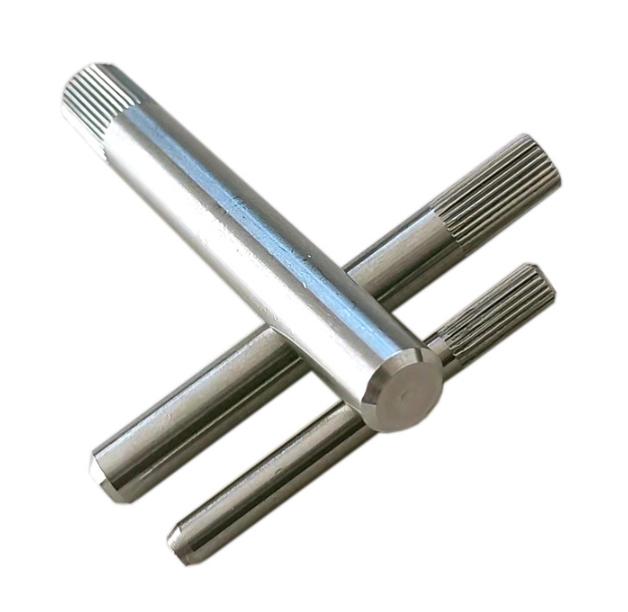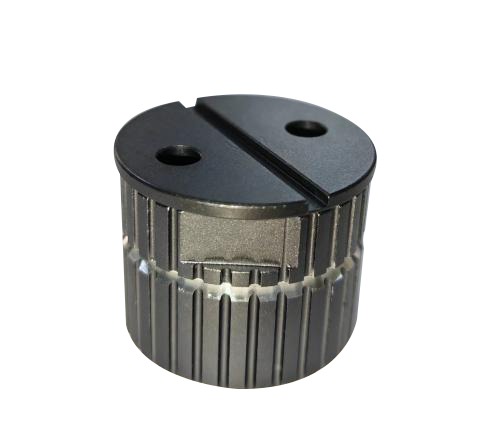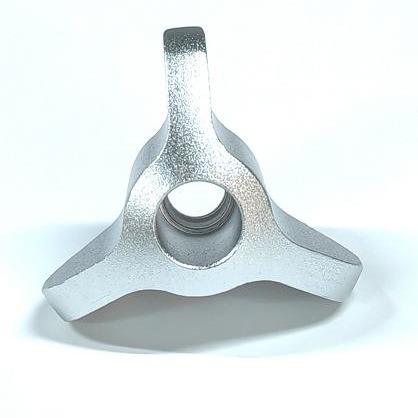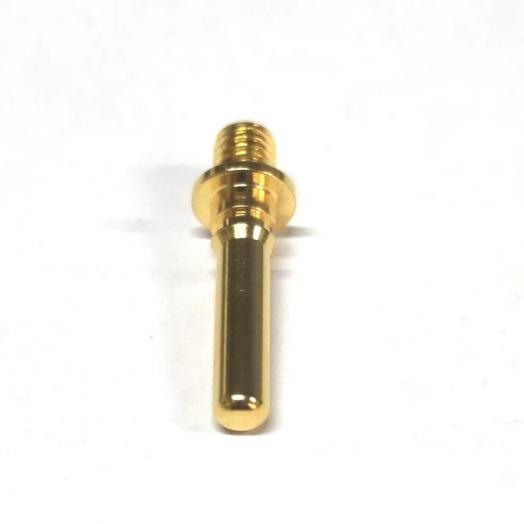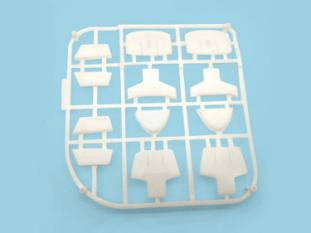What is the Difference Between Up Milling and Down Milling / Up Milling Vs Down Milling
Up milling and down milling are two common CNC milling processes. The main difference between up-cut milling and up-cut milling is that the direction of tool rotation during up-cut milling is opposite to the direction of travel of the workpiece. At the same time, the tool in climb milling rotates in the same direction as the workpiece is moving.
The successful processing is greatly dependent on the application of the appropriate cutting technique. Please read on to compare and comprehend the distinctions between up-milling and down-milling starting with the definition.
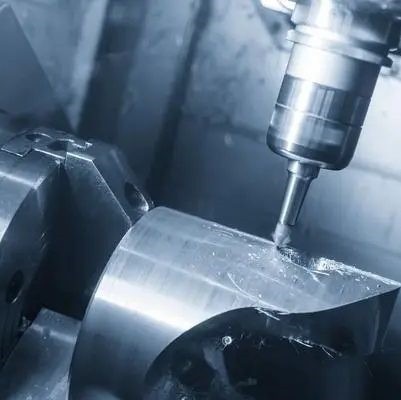
What is Up Milling and Down Milling?
What is Up Milling?
When the milling cutter rotates and cuts into the workpiece in the opposite direction to the cutting feed direction, it is called up milling.
What is Down Mlling(Climb Milling)?
When the milling cutter rotates in the same direction as the workpiece feed, it is called climb milling.
the Distinction Between Up Milling and Down Milling
What distinguishes down milling from up milling, and which should you choose? Here are some conclusions after comparing up milling and down milling.
(1)The difference in applications between up milling and down milling
– Down milling: This technique is best for workpieces that are difficult to clamp and thin and slender sheets because the milling cutter always applies downward force in the vertical direction. This pressing impact causes the milling portion to cut steadily.
– Up milling: the workpiece requires a stronger clamping force since the vertical component force is upward.
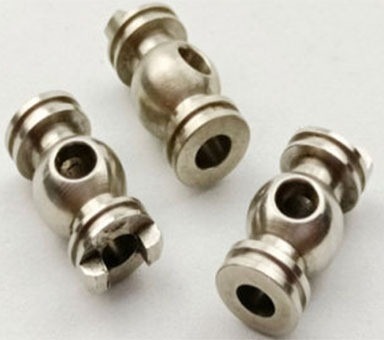
(2) The difference in surface quality between up milling and down milling
– Climb milling: The chip thickness is maximum at the first penetration of the milling cutter edge into the workpiece and then gradually decreases to zero. The blade wears slowly and has a good surface quality.
– Up milling: Chip thickness varies from 0 to maximum. The tool cannot cut into the part, and work hardening degrades the surface quality.
(3)The difference in adjusting worktable between up milling and down milling
– Down milling: When the distance between the feed screw of the worktable and the nut is large, the worktable is susceptible to axial wobbling, which can cause the cutter teeth to break, the shaft to bend, the workpiece and fixture to move, and even the machine tool to sustain damage.
– Up milling: the force is in opposition to the worktable’s feed direction, , and it will not move.
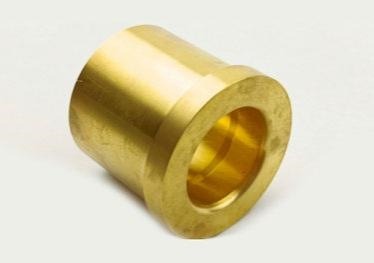
(4)The difference in tool wear between up milling and down milling
– Down milling: This technique is advantageous for using the milling cutter since the cutter teeth remove material from a surface that hasn’t been machined.
– Up milling: When the cutter teeth make contact with the workpiece, they are unable to quickly cut through the metal layer, instead sliding for a little period of time on the surface of the workpiece. Strong friction during the sliding process causes a lot of heat to be produced. In addition, the area that needs to be machined is easily formed with a hardened layer, reducing the cutter’s durability.
(5)The difference in power consumption between up milling and down milling
Up milling uses more power than forward milling during feed action. Down milling uses 5% to 15% less power than conventional milling under the same cutting conditions.
(6)Chip removal: Down milling is better suited for managing chips.
CNC milling services can be provided using down-milling and up-milling techniques, both of which have benefits depending on the circumstance or application. The direction of their cutting and feeding is the key distinction between the two.
1. Back milling is necessary for rough machining and down milling is preferred when a smooth surface finish is desired.
2. Better heat generation, less load, and better chip removal are all benefits of down milling.
3. Up-milling is a good procedure for lowering machine clearance and deflection.
4. Down-milling is typically utilized for finishing operations, while up-milling is typically used for machining castings and forgings.
5. Other narrow operations like grooving, etc. employ down-milling.
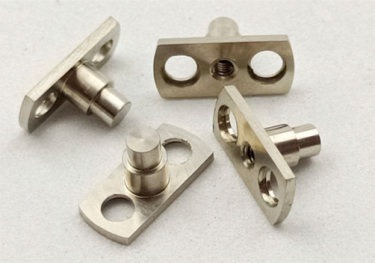
Conclusion:
Excellent CNC machining services may be obtained from KENENG. We encourage both domestic and international clients to contact us at any time.
We mainly process fasteners, springs, and magnets. In addition, we can also accept customer drawings for the production of customized parts.

